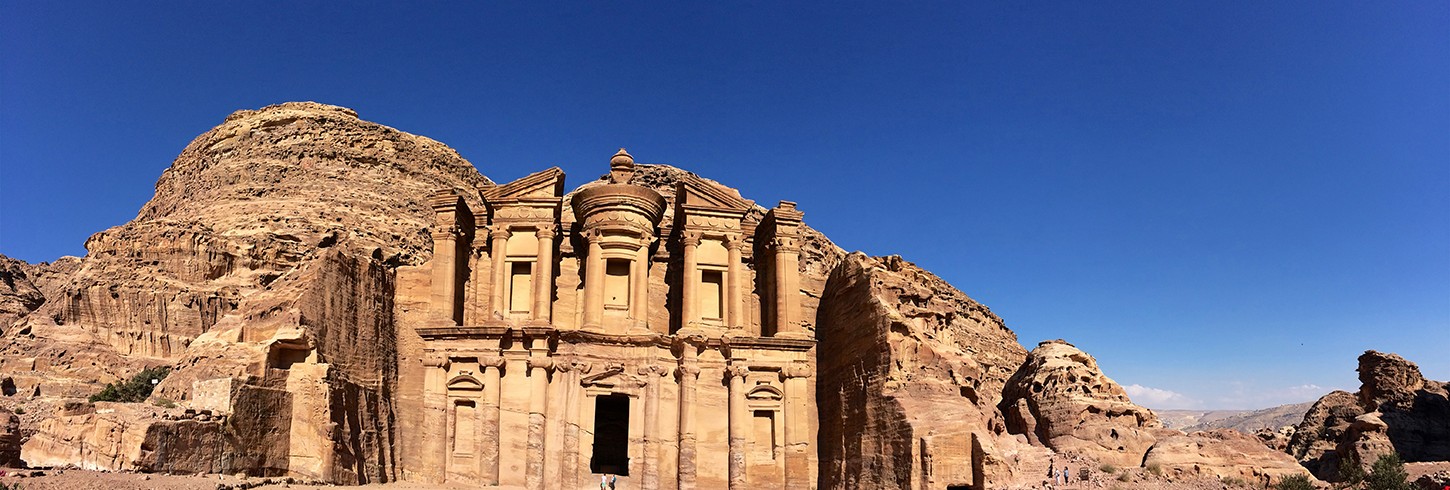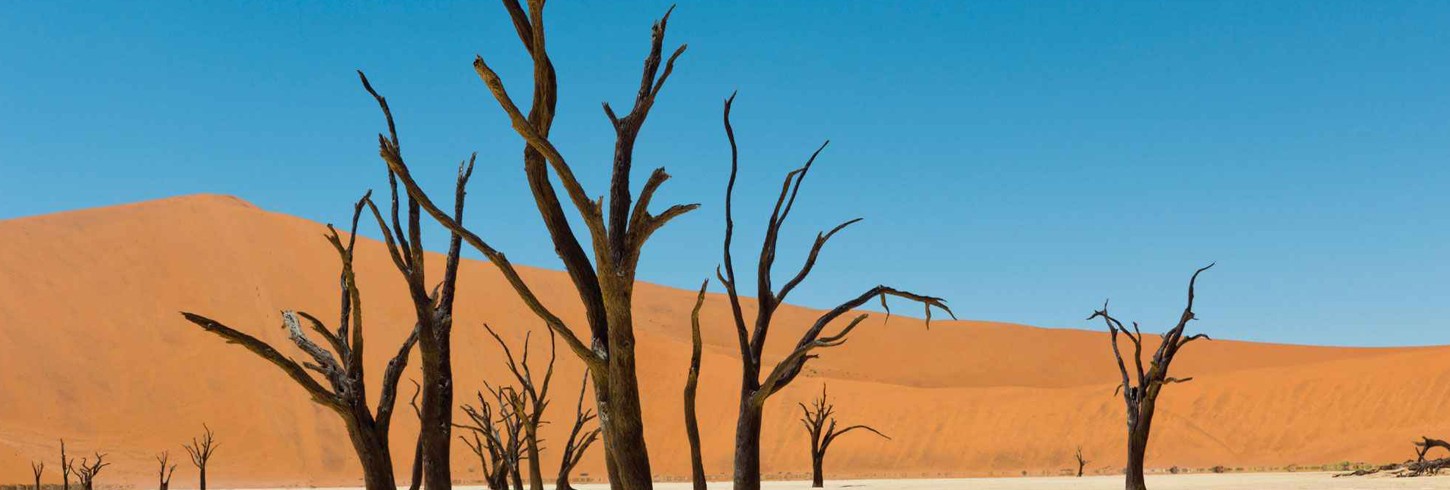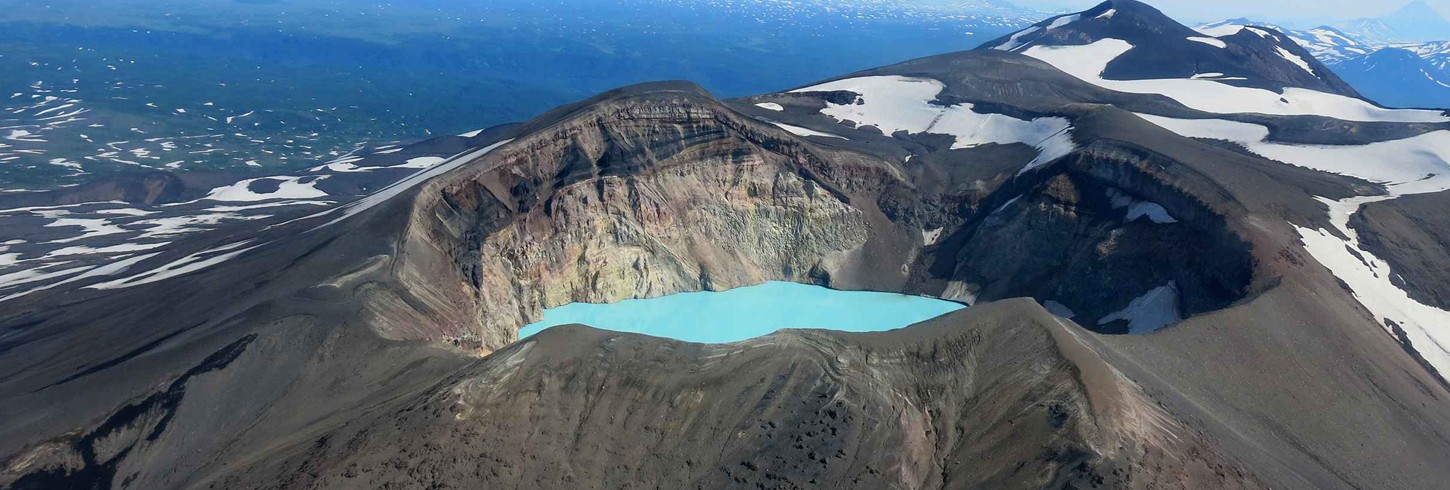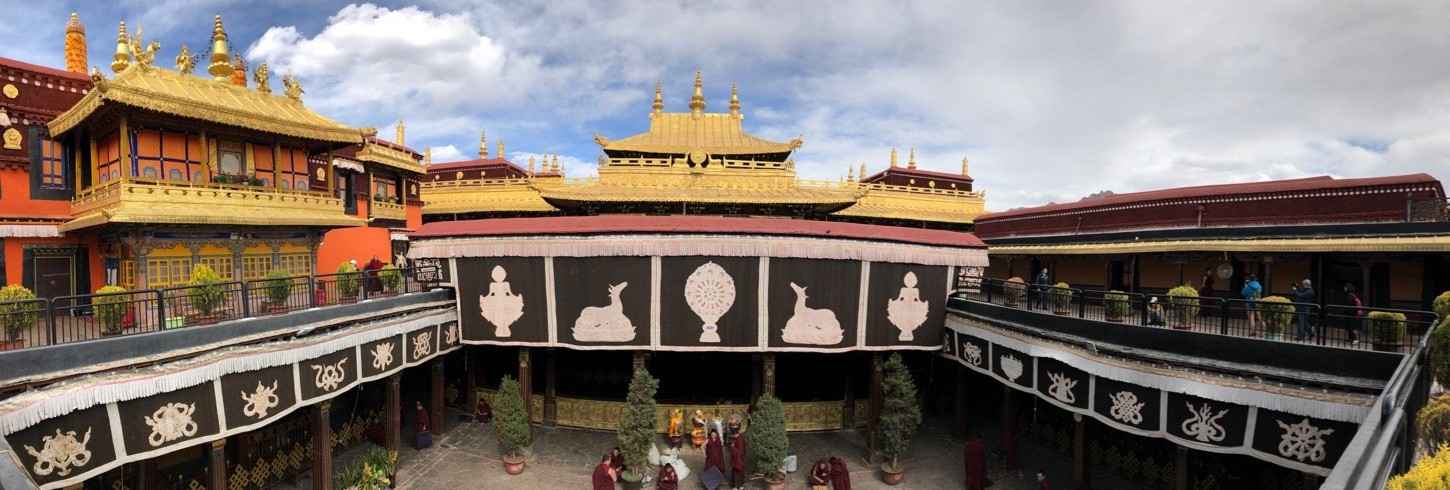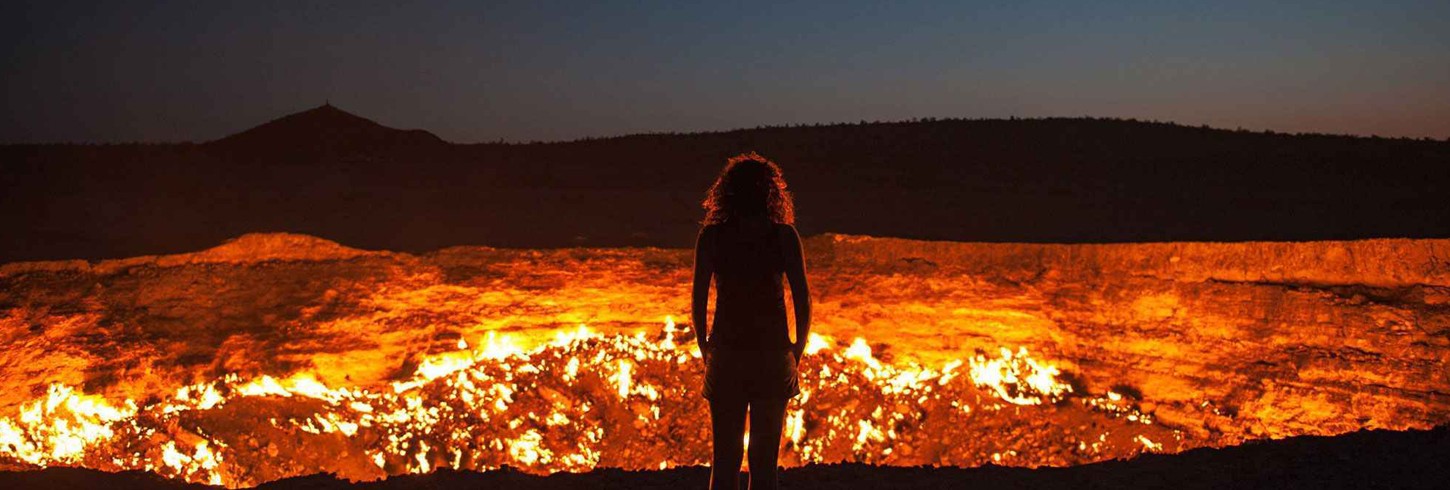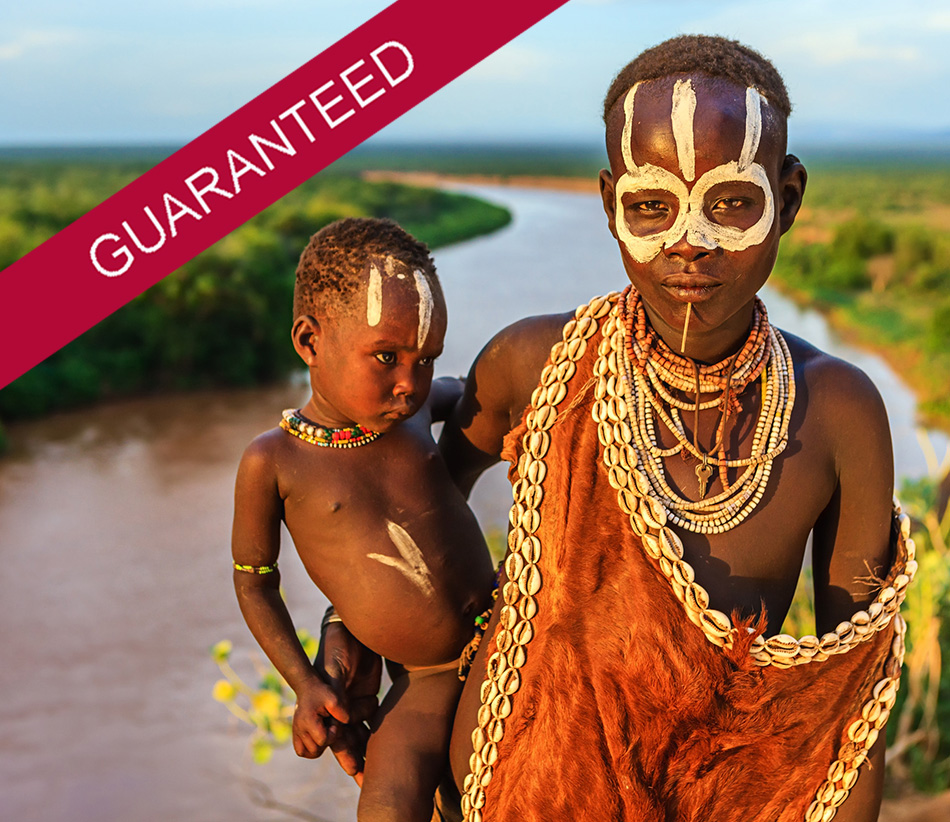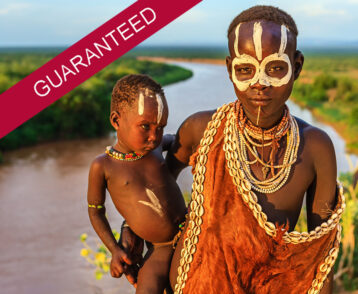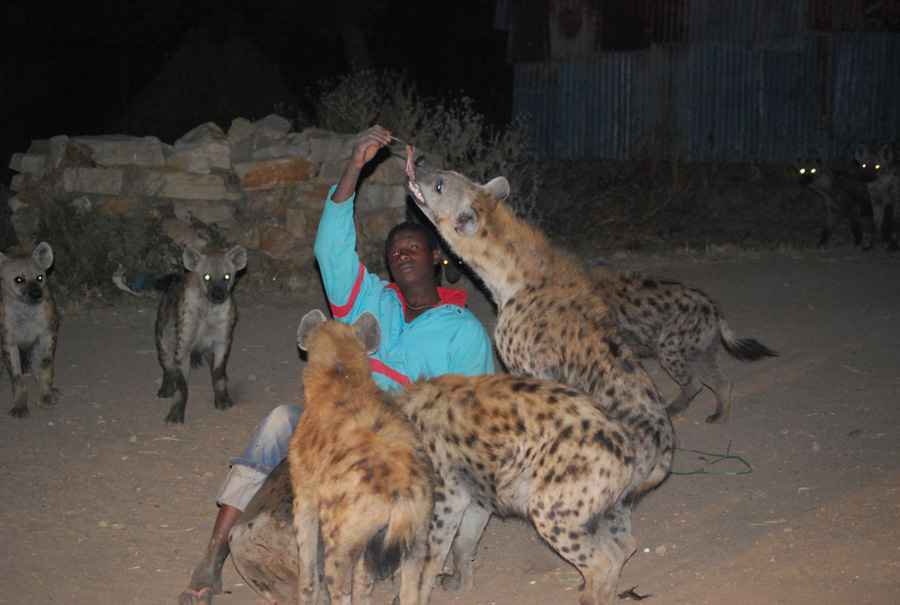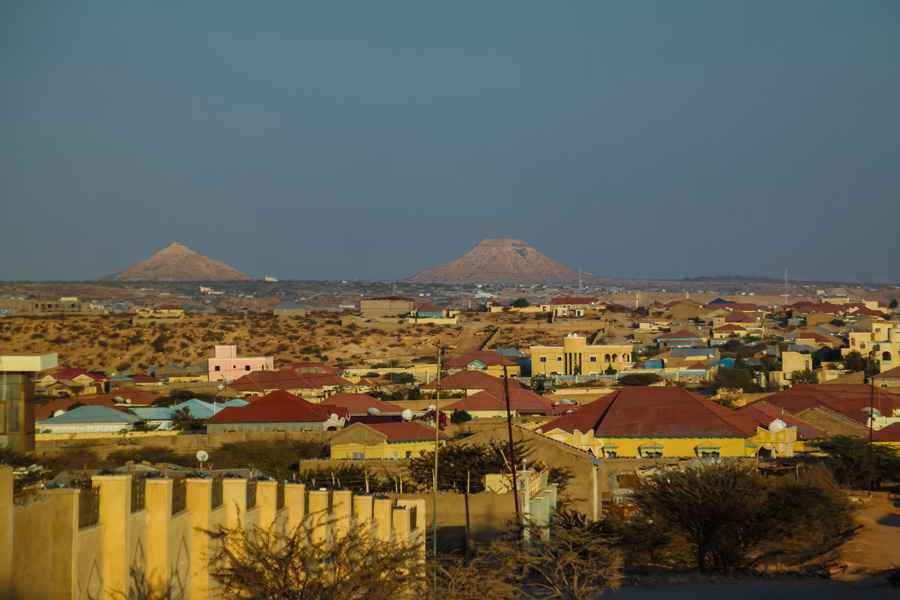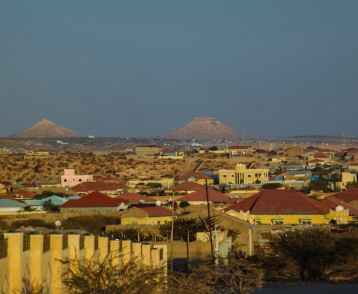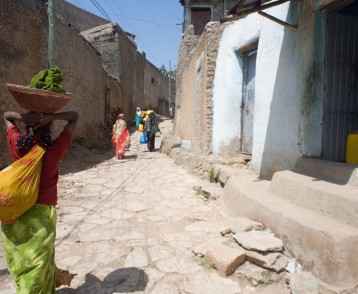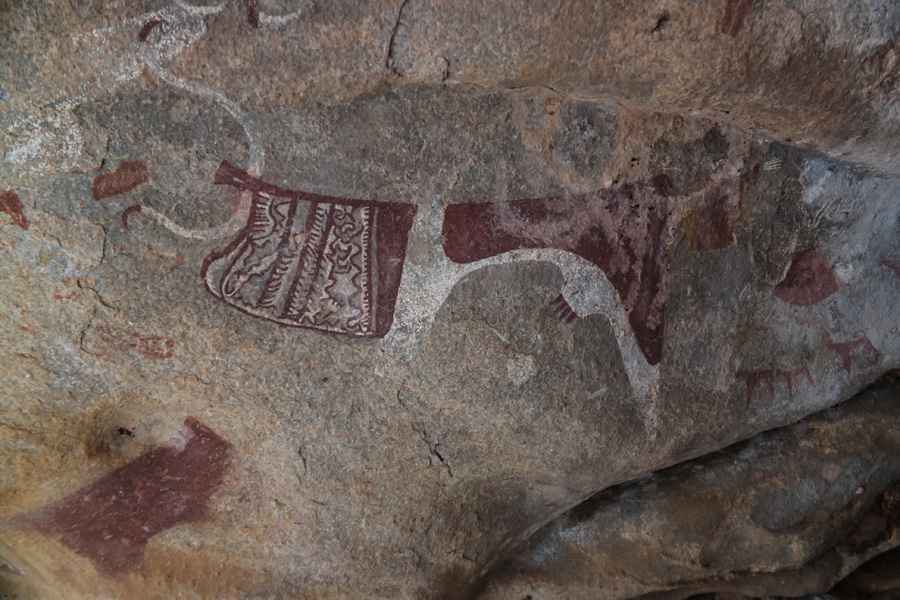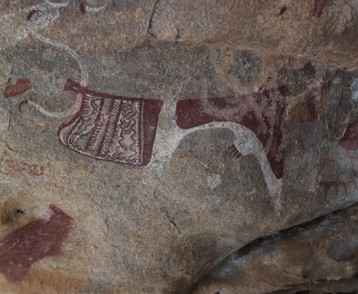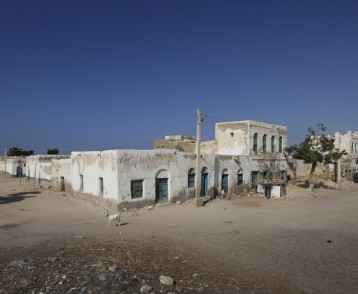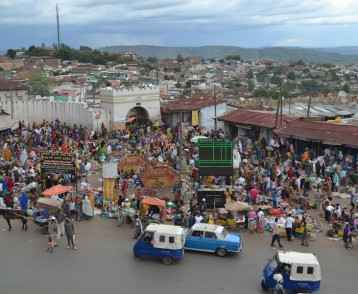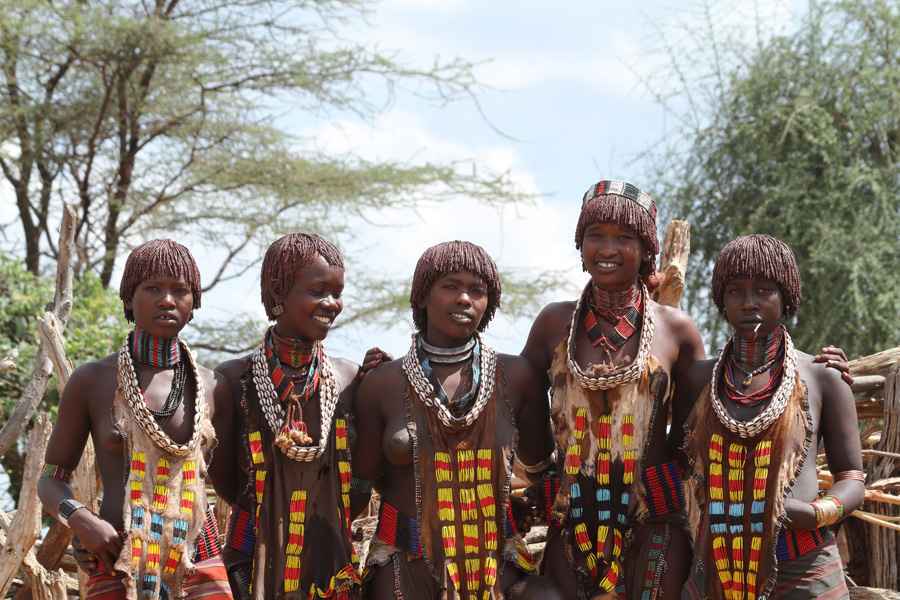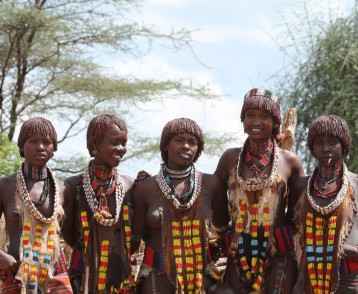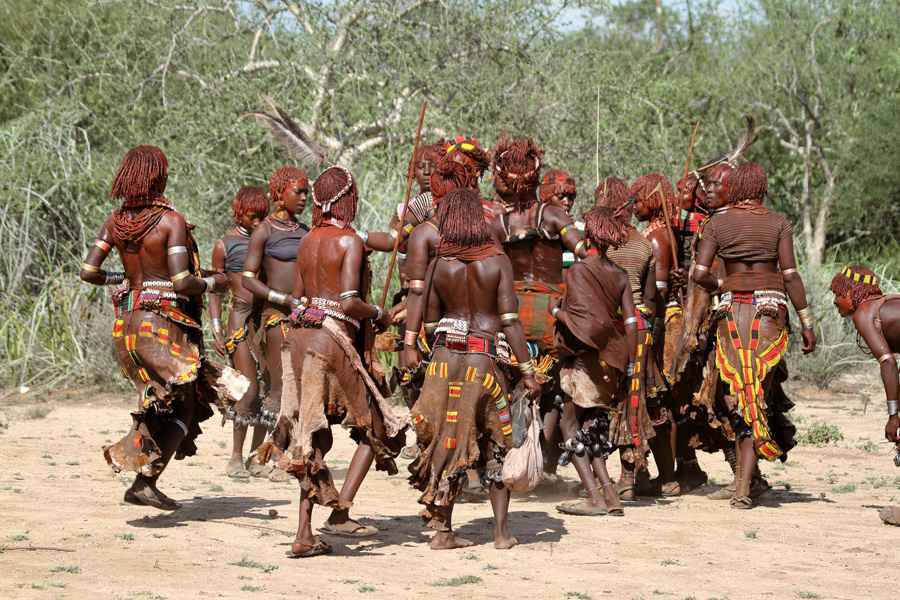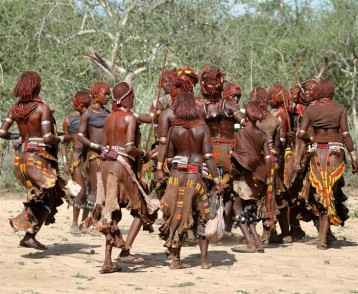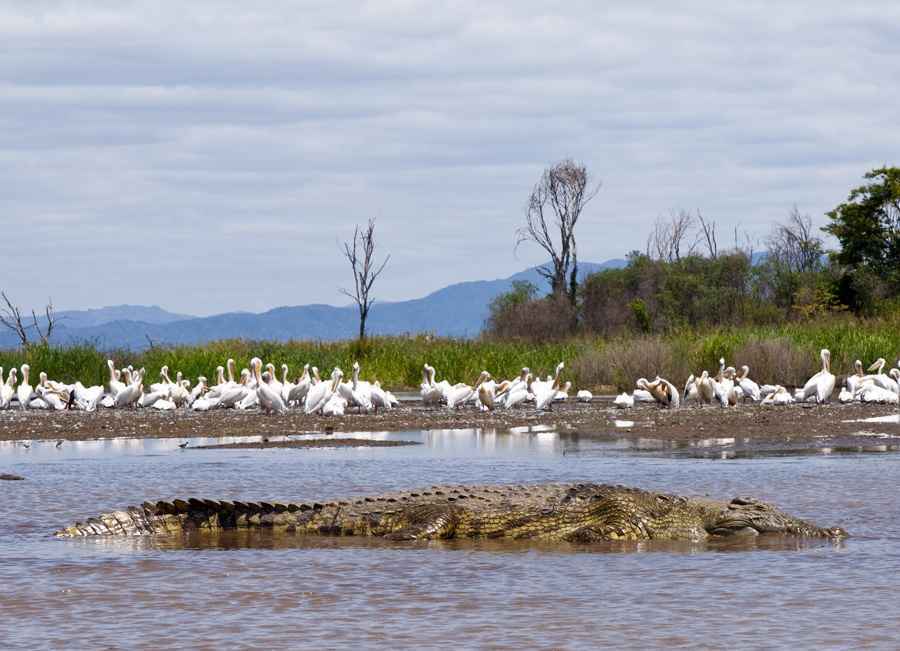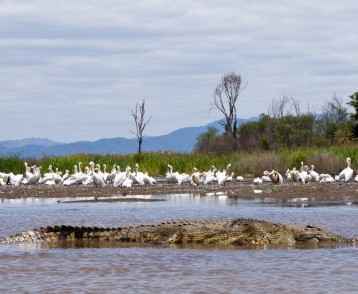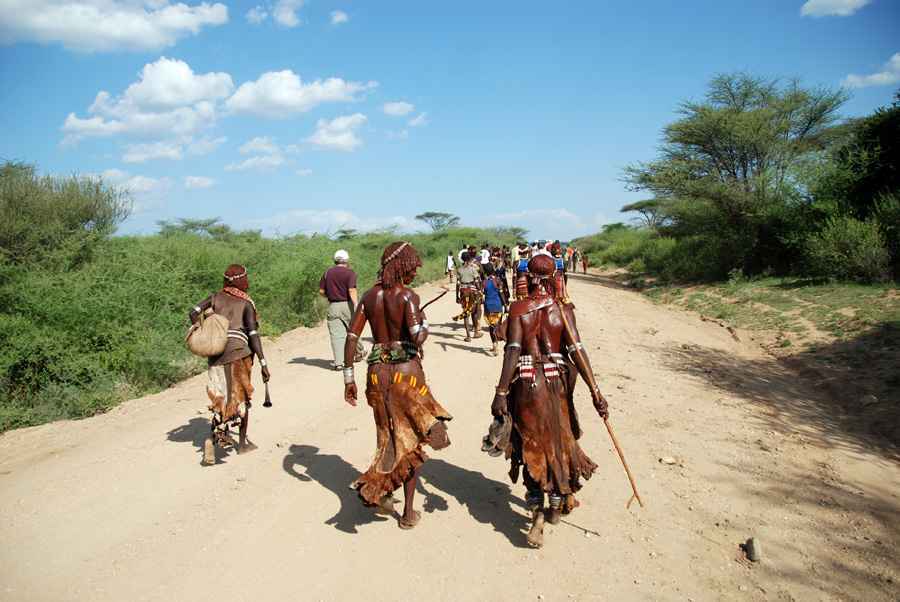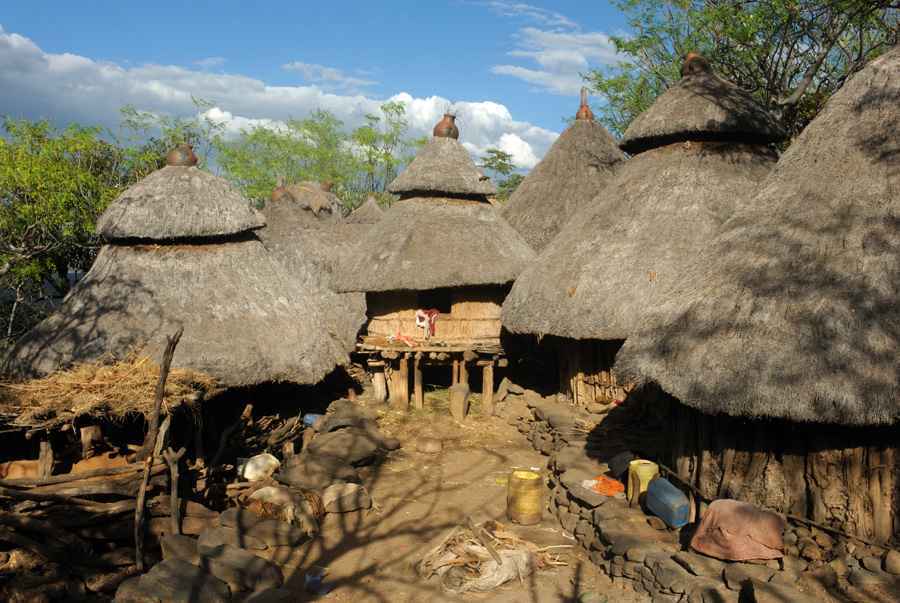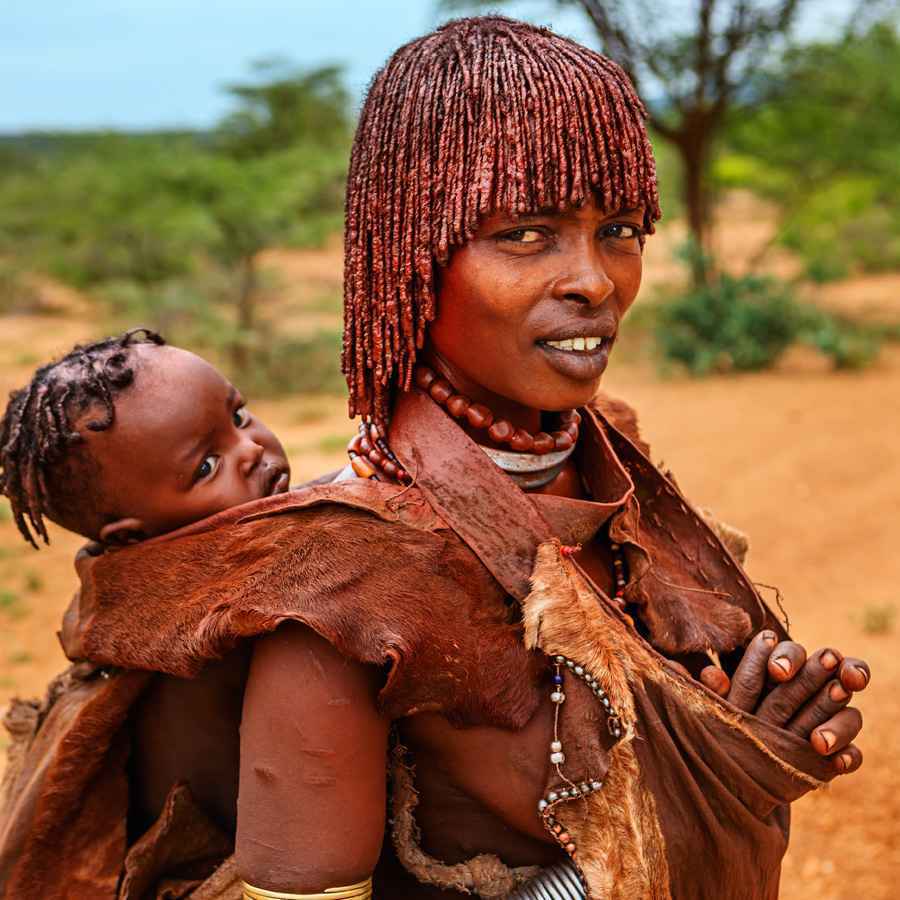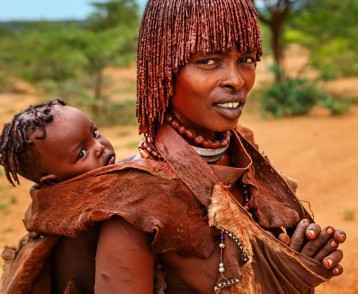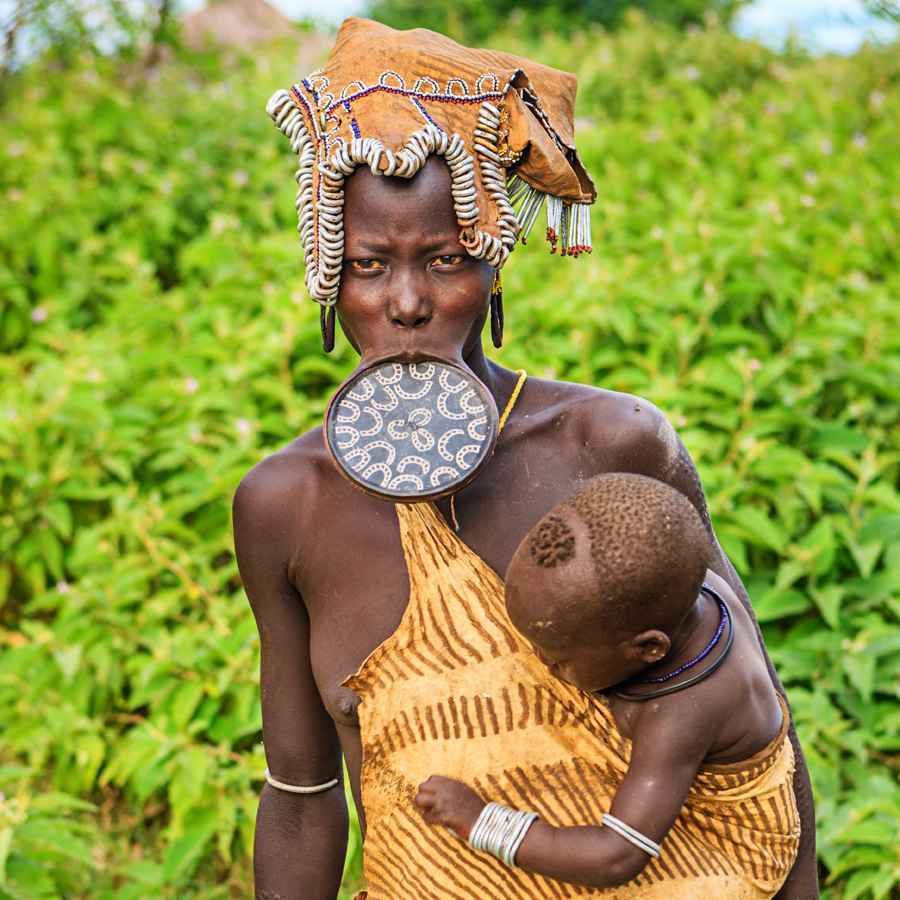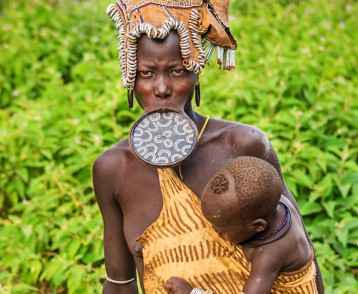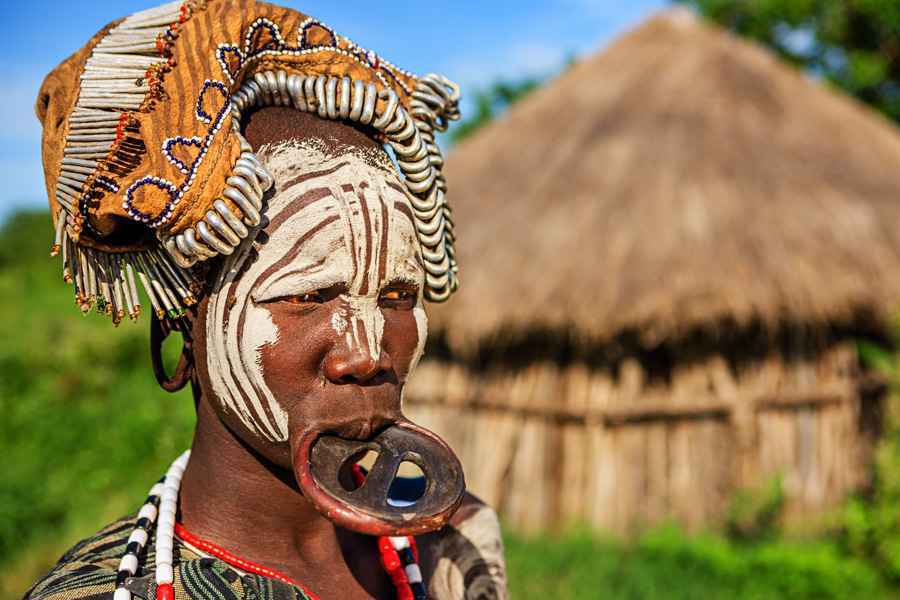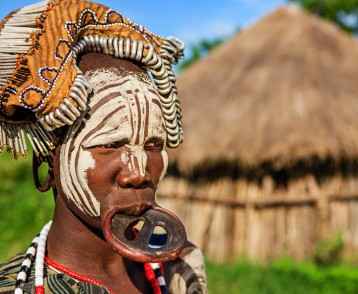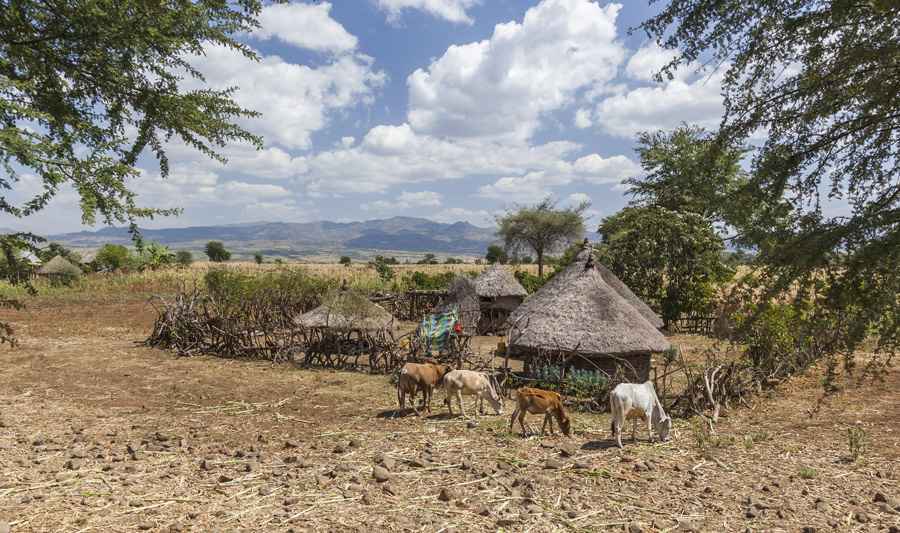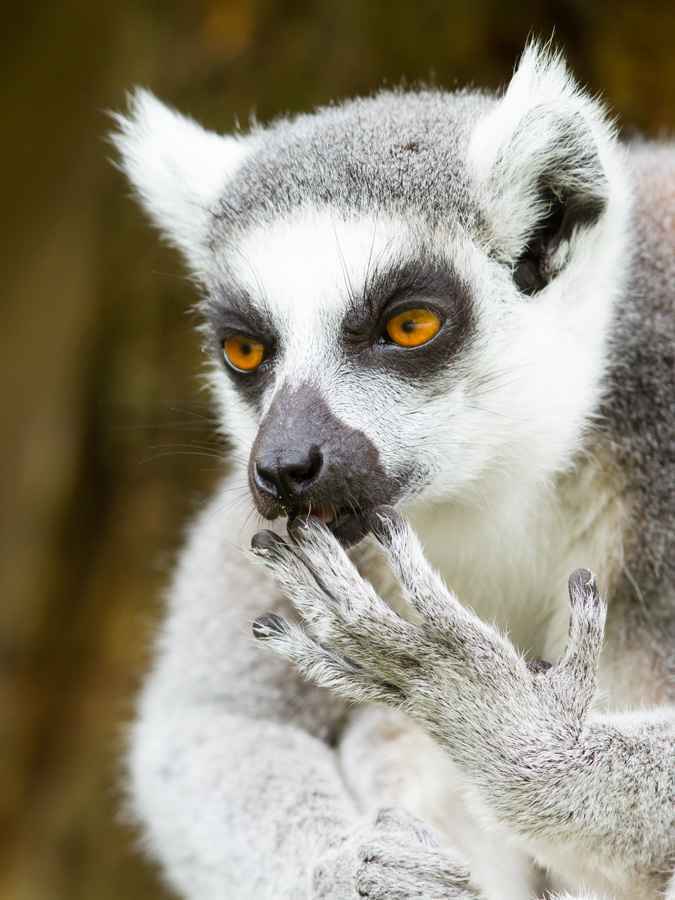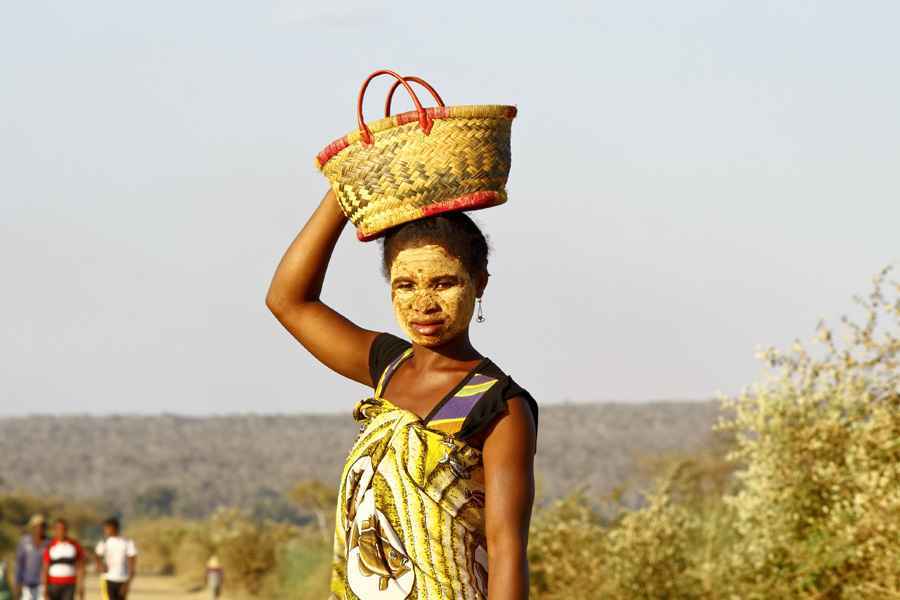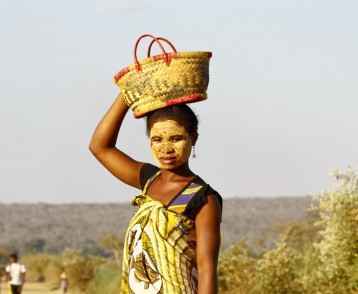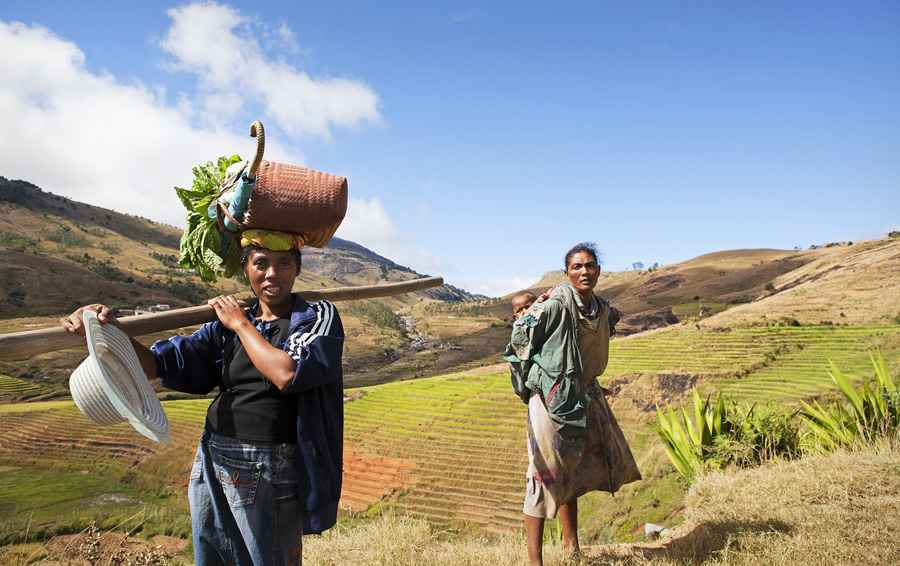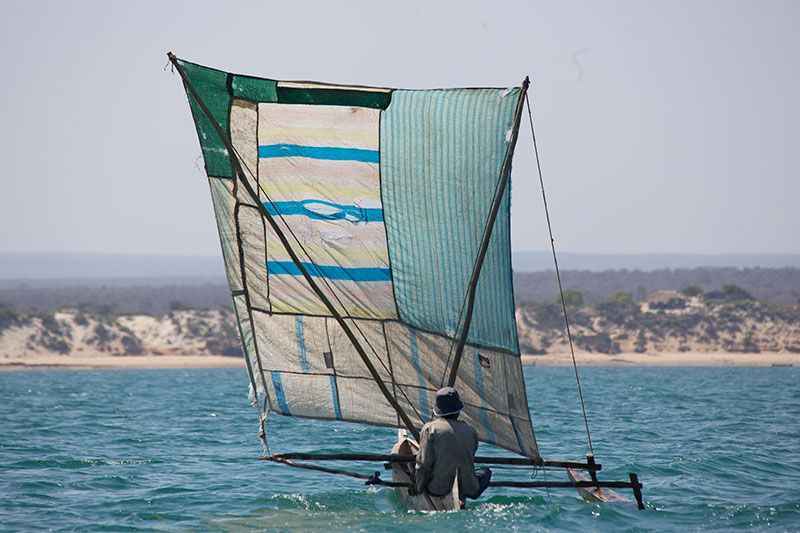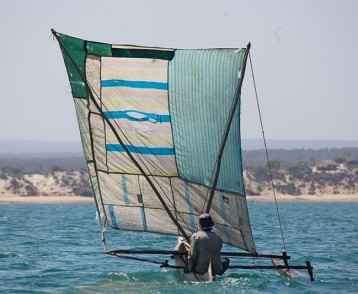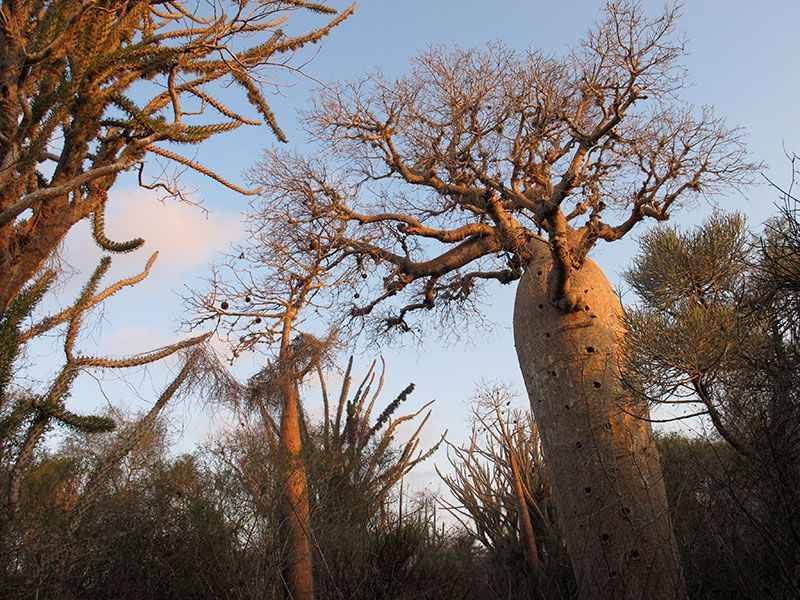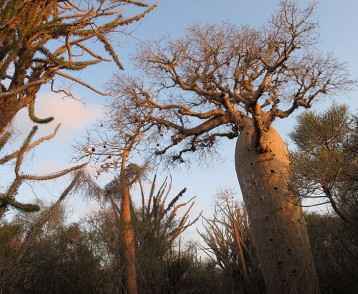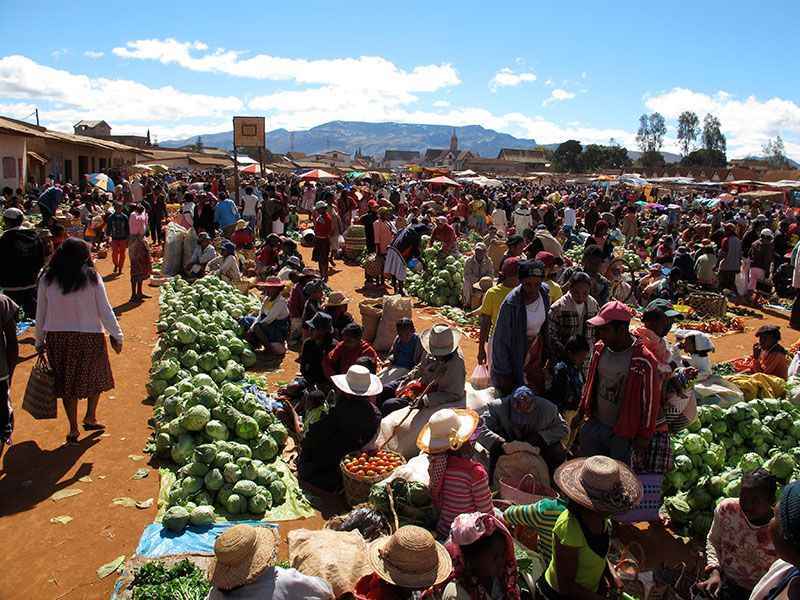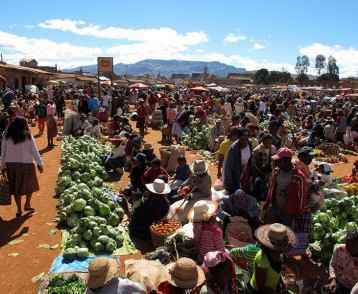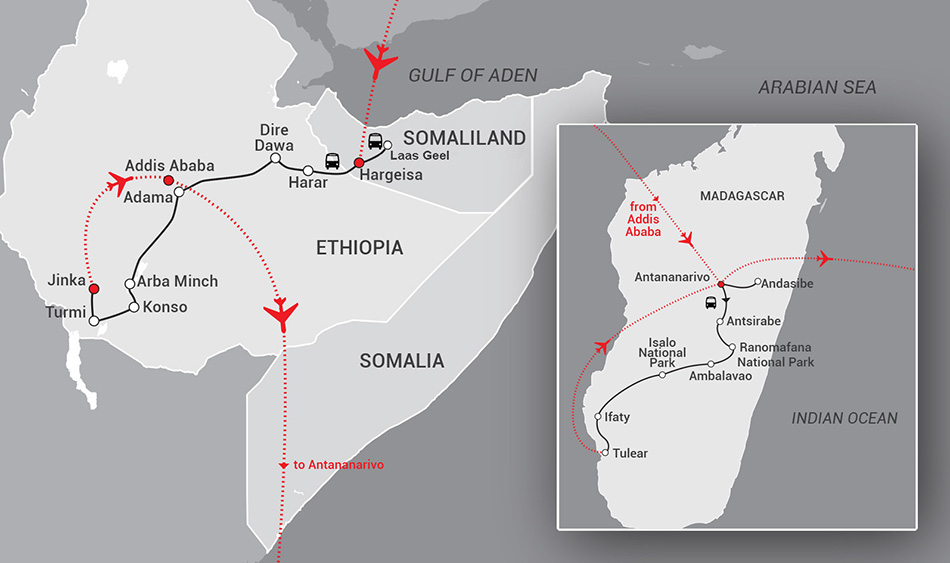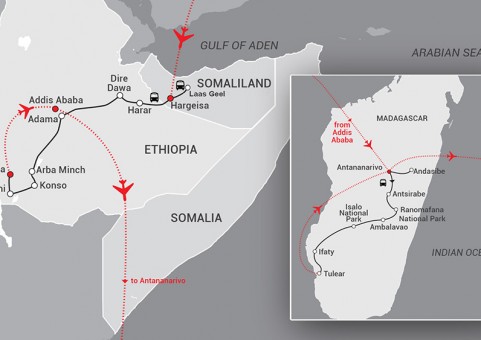Africa: The Last Frontiers

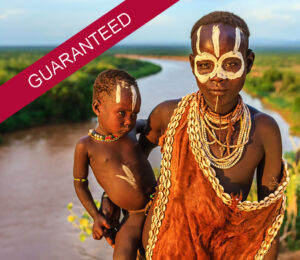
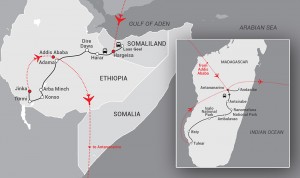
Perhaps the most enthralling newcomer to our growing Africa portfolio, ‘The Last Frontiers’ is a heady mix that once again demonstrates the extraordinary diversity that hides away in the continent’s most remote corner.
The tour starts in Somaliland, the definitive frontier of tourism! The confusion with its chaotic neighbour, Somalia, has helped to cocoon the country, making it one of the world’s best kept travel secrets. Indeed, Somaliland – de facto independent since 1991 – has managed to build the most robust democracy of the entire region and takes great pride in it. Because tourists are yet to discover the country’s magnificent coastline, stunning landscapes and rich culture, it has kept the developers at bay and ensures visitors a myriad of unexpected and wonderful surprises, surpassed only by the astonishing hospitality of its open-hearted people. From here we make the short drive to the Ethiopian border where we descend into the vast Ogaden region and the walled UNESCO city of Harar. This Muslim city has been home to man and hyena for 500 years and the two have learned to live symbiotically. Indeed, generations of ‘hyena men’ feed the urban beasts by mouth and this ancient ritual provides a surreal and unforgettable spectacle. Leaving Harar we head to Adama, from where we move south to the Omo Valley. Here we discover ancient tribes, highland lakes and landscapes that take us back to the dawning of time. Our next stop is Madagascar – an island of astonishing flora and fauna, of which 80% can be found nowhere else on earth. In addition, it is home to a wonderful people who take immense pride in their culture and the remarkable biodiversity of their unique nation. This tour is a dizzying combination of ancient tribes and cultures, extraordinary landscapes, and flora and fauna that can be found nowhere else in the world. These are the last frontiers of Africa!
Tour Fitness Level: Active
Somaliland
- Visit the extraordinary camel market of Hargeisa
- See the ancient rock art of Laas Geel
Ethiopia
- Explore the fascinating walled city of Harar
- Watch the hyena men as they feed the urban hyenas
- Discover southern Ethiopia and its different tribal groups
- Visit the Mursi tribe, noted for their clay lip-plates
- See the giant Nile Crocodiles on beautiful Lake Chamo
- Visit the bee-hive dwellings of the Dorze people
- Explore the UNESCO World Heritage listed Konso walled village
- See ‘Lucy’, the oldest human remains in the world
Madagascar
- Tour Madagascar’s capital city ‘Tana’ in an open-top Citroen car
- Exclusive visit to a Madagascan family
- See the endemic golden bamboo lemur in the rainforest of Ranomafana
- Bask in the world-class accommodation of Jardin du Roy, Isalo
- Wander through the ancient and ‘other-worldy’ vegetation of Isalo National Park’
- See whales playing in the Mozambique Channel
- Watch fishermen unloading their catch on a remote beach in southern Madagascar
- Hear the early morning howls of the endemic Indri lemur from our exclusive lodge
- Visit Lemur Island and enjoy the joyful experience of lemurs interacting with our group
- Get the most from your Madagascar experience with Travel Directors’ expert guides and naturalists throughout the tour
Inclusions
- All flights between Australia and Africa
- All flights within Africa
- All ticketable air taxes (may be subject to change)
- All national park entrance fees
- All accommodation (based on twin share)
- All meals as specified
- Travel Directors’ tour escort throughout
- Expert local guides
- All entrance fees in specified sightseeing
- All local sightseeing as per itinerary
- Visas
- All tips and gratuities
Please note that whilst every effort will be made to adhere to the above pricing, currency fluctuations beyond our control can affect final tour costs. A booking form is to be completed by all passengers, and a non-refundable deposit of AUD $3,000 paid at the time of booking. All escorted tours are based on a minimum group size of 10 people travelling.
01/08/2024 Australia – Dubai (D)
Depart from your chosen capital city on your flight to Dubai.
Millenium Airport Hotel
Dubai
02/08/2024 Dubai – Hargeisa (BLD)
Depart Dubai Emirates EK 2182, 04.10
Arrive Hargeisa 06.45
Situated in the Horn of Africa, Somaliland is an unrecognised self-declared independent state that was formed when the historic colony of British Somaliland merged with Italian Somaliland in 1960. As early as 1981, Somaliland had started to pull away from Somalia and after the collapse of the government in Mogadishu in 1991, the state declared its independence. The new government has presided over two decades of peace. Hargeisa is home to 1.2 million people, and while the scars of civil war can still be seen, the city exudes a calm and optimistic energy that is infectious. The locals are extremely welcoming and are often the centre of attention. Today we embark on a tour of Hargeisa, which is located in the Galgodon highlands at 1,334m above sea level.
Ali Jirde Hotel
Hargeisa
03/08/2024 Hargeisa (BLD)
Somaliland is home to half of the world’s camel population and this morning we visit the city’s daily camel market, an extraordinary kaleidoscope of colours and smells that assaults the senses. After our visit here we head out to Laas Geel. Meaning ‘camel watering hole’, this is home to perhaps the most extraordinary cave paintings in the world. Discovered only in 2002 by a team of French archaeologists, this incredibly vivid rock art is estimated to be between 7,000 to 10,000 years old. Among other things, the paintings depict cattle in ceremonial robes accompanied by humans, who are believed to have been inhabitants of the region. The site is amazingly preserved due to the location of the paintings, which are protected by overhanging rocks. In the afternoon we visit the university of Hargeisa. Founded in 2000, it has 7,000 students in both under graduate and post graduate courses, and a vision to become a leading international centre of educational excellence.
04/08/2024 Hargeisa – Harar (BLD)
This morning we head towards the town of Togechane which marks the border between Somaliland and Ethiopia. After completing immigration we start the journey across Ethiopia’s vast Ogaden region and into the eastern Rift Valley. By early afternoon we reach the walled city of Harar.
Grandgato Hotel
Harar
05/08/2024 Harar (BLD)
The fortified historic town of Harar is located in the eastern part of the country on a plateau with deep gorges surrounded by deserts and savannah. The walls surrounding this sacred Muslim city were built between the 13th and 16th centuries. A UNESCO World Heritage site, Harar is the fourth holiest city of Islam, and boasts 82 mosques, three of which date from the 10th century, and 102 shrines. The many townhouses, with their exceptional interior design, are perhaps the most spectacular part of Harar’s cultural heritage. The impact of African and Islamic traditions on the development of the town’s building types and urban layout make for this particular character and uniqueness. The city has retained much of its traditions, urban fabric, and rich Harari Muslim cultural heritage.
06/08/2024 Harar – Adama (BLD)
This morning we begin our drive to Adama, stopping first at the modern town of Dire Dawa. Continuing on to Adama, we pass through many small towns and villages as our journey across the Great Rift Valley unfolds. As we drive through these remarkable landscapes we see farmers and villagers herding their sheep, goats and cattle along the roads, before arriving into Adama late afternoon.
Keryu Hill Resort
Adama
07/08/2024 Adama – Arba Minch (BLD)
After breakfast we continue south to Arba Minch, passing a throng of Rift Valley lakes that lie in an ancient caldera. Now the mass of acacia trees start to give way to lush farmlands and vegetation. By late afternoon we reach Arba Minch, gateway to the Omo Valley.
Haile Resort
Arba Minch
08/08/2024 Arba Minch (BLD)
Bordered by verdant mountains and picturesque highland villages, the name Arba Minch is derived from the abundant local springs which produce a groundwater forest. The area is rich in agriculture and is known for a great variety of fruit including mango, banana, orange, apple, guava and pineapple. In addition, Lake Abaya and Chamo, the largest Rift Valley lakes in Ethiopia, provide an abundant source of fish which include tiger-fish, Nile perch, tilapia and catfish. This morning we visit the village of Dorze, situated on the very top of Mount Goge. The Dorze people are a hard working tribe renowned for their skill in weaving, carpentry and other traditional crafts. Every Dorze compound is self-sufficient, surrounded by a small-holding of crops and characterised by their remarkable bee-hive shaped dwellings made from false (Abyssinian) banana leaves. These can measure up to six metres high ensuring they last for years despite termites constantly eating away at the base.
09/08/2024 Arba Minch – Konso (BLD)
This morning we explore Lake Chamo, a sanctuary for vast numbers of hippopotamus that emerge at dusk to graze on the grassy shores. The lake is also home to the giant Nile crocodiles, which can measure up to seven metres in length. The bird life is also a veritable feast on the eyes as hordes of yellow weaver birds flit constantly through the trees, and vivid-coloured kingfishers skim the lake where great white pelicans, storks, ibises, hornbills and cormorants plumb the waters for food. After our visit to the lake, we start to move further south and soon the contoured landscape of Konso starts to unfold. Extensive dry stone terraces bear witness to the persistent human struggle to harness the hard, dry and rocky environment for agriculture. The walled towns and settlements of Konso are located on hill summits selected for their strategic and defensive advantages. The cultural spaces inside the walled towns, called moras, retain an important and central role in the life of the Konso people. The erection of stones and poles is also part of the Konso tradition: a pole is raised every 18 years, marking the start of a new generation. Thus, the age of a village can be determined by how many poles are standing.
Kanta Lodge
Konso
10/08/2024 Konso – Turmi (BLD)
After breakfast we begin our journey to Turmi, and soon ascend onto a lush plateau where the town of Key Afar is situated. This large town hosts a vibrant market once a week when thousands of Banna, Hamer and Tsemay peoples descend on it to buy and sell goods. After our visit to the market we continue to Turmi. This small town is the heart of the Omo Valley region, and its weekly market is both vibrant and chaotic. The tribal people walk many kilometres today from all over the area to buy, sell and barter.
Paradise Lodge
Turmi
11/08/2024 Turmi (BLD)
Turmi is the home of the Hamar people – a fine looking tribe whose men and women take great pride in their appearance, shaving and colouring their hair, oiling their bodies and decorating themselves with beads and bracelets worn around arms and legs. The Hamar people are also famous for their ’Bull-Jumping’ ceremony – an annual rite of passage where boys are initiated into adulthood by jumping onto a group of bulls and running across their backs, as a symbol of the social jump from immaturity to adulthood and the responsibilities that entails. This ritual is a precondition of marriage for the men of the Hamar tribe during the harvest period which is June through to September.
12/08/2024 Turmi – Qorcho – Turmi (BLD)
Today we visit a small tribe known as Karo. With a population of around 2,000 they live along the east bank of the great Omo River and practise flood retreat cultivation, growing sorghum, maize and beans. Like many of the tribes in the Omo, they paint their bodies and faces with white chalk to prepare for a ceremony. The chalk is mixed with yellow rock, red iron ore and charcoal. Face masks are worn at times and they have clay hair buns with feathers in them. Red clay mixed with butter is put into their hair and clothing is made from animal skin. The women scar their chests believing it makes them beautiful. The men’s scars represent an enemy or dangerous animal killed. Most men in the tribe have two or three wives.
13/08/2024 Turmi – Jinka (BLD)
Today we make the short drive to Jinka in Mago National Park on the eastern shore of the Omo River. In the afternoon we visit a settlement of the Mursi people. This is the famous ‘lip plate’ tribe and they are the last group in Africa amongst whom it is still the norm for women to wear large pottery, wooden discs, or ‘plates,’ in their lower lips. Generally the girls’ lips are pierced at the age of 15 and a flat slab is inserted into the lower lip. The men are slender and renowned warriors; who rarely cover their bodies as they showcase the scars of their combat.
Eco Lodge
Jinka
14/08/2024 Jinka – Addis Ababa (BLD)
After breakfast we transfer to the airport for our flight to Addis.
Depart Jinka Ethiopian Air ET 270, 10.15
Arrive Addis Ababa 11.35
Lying in the mountains at an elevation of 2,500m, Addis Ababa is the third highest capital city in the world. It enjoys a superb climate with an average year-round temperature of 25 degrees. On arrival in Addis Ababa we transfer to our hotel.
Best Western Bole Hotel
Addis Ababa
15/08/2024 Addis Ababa (BLD)
This morning we visit the fascinating National Museum, which houses Ethiopia’s artistic and archaeological treasures, the most famous of which is ‘Lucy’ – the partial skeleton of the oldest hominid, said to be more than 3.2 million years old. The museum also houses regalia and memorabilia from former rulers including Emperor Haile Selassie. After lunch we visit the massive and ornate Holy Trinity Cathedral – final resting place of Haile Selassie and his wife Empress Menen Asfaw.
16/08/2024 Addis Ababa – Antananarivo (BLD)
After an early breakfast we transfer to the airport for our flight to Madagascar.
Depart Addis Ababa Ethiopian Air ET 853, 08.50
Arrive Antananarivo 13.40
On arrival in Antananarivo we clear customs and transfer to our hotel.
Hotel Colbert
Antananarivo
17/08/2024 Antananarivo (BLD)
This morning we head out of the city to visit a factory that makes the Malagasy speciality Koba, a kind of sweet bread made from ground peanuts, brown sugar and rice flour. After lunch we visit the UNESCO World Heritage site of the Summer Palace of Ambohimanga. This is the palace considered to be the cradle of Madagascar and from where the King, in the 1780s, proclaimed that ‘only the sea is the limit of my kingdom’.
18/08/2024 Antananarivo (BLD)
Today we explore the city of Tana, as it is affectionately known by locals. Located between two mountains, it’s a terraced city of low-rise buildings which form a labyrinth of arches, narrow paths, balconies and staircases. Tana’s architecture is very European and our hotel is located in a district known as ‘Little Paris’.
19/08/2024 Antananarivo – Antsirabe (BLD)
Today we begin our drive south, passing through typically beautiful highland country before reaching an area known for its sisal and raffia baskets. We then continue to Antsirabe or ‘the place of salt’, as it is known by locals.
Royal Palace Hotel
Antsirabe
20/08/2024 Antsirabe (BLD)
Today we take a city tour of Antsirabe, a former spa town founded by Norwegian missionaries in 1872. The third biggest city in Madagascar, it is the rickshaw capital of the island and, of course, our tour is by this mode of transport. As we explore the city we visit a zebu (ox) horn workshop as well as a miniature toy factory.
21/08/2024 Antsirabe – Ranomafana National Park (BLD)
Heading further south, we soon reach the woodcarving town of Ambositra. We stop here to see perhaps some of the most unusual and skilled craftsmanship to be found anywhere in the world. Some of the intricate carving and inlay work is simply stunning. Soon after Ambositra we start to see people dressed in the traditional clothing of the area, the colourful pancho lamba. Reaching the turnoff for Ranomafana National Park, we follow the Namorona River to arrive at our destination.
Centrest Hotel
Ranomafana Village
22/08/2024 Ranomafana National Park (BLD)
Today is a special one, as we enter the magnificent 41,000-hectare rainforest that is home to the golden bamboo lemur. Discovered only in 1986 and found nowhere else in the world, this lemur feeds exclusively on a native bamboo, which contains cyanide and is found only in this area. This rainforest is also home to a dizzying array of reptiles and other species of lemur. This evening we take a night walk to discover frogs, chameleons and the nocturnal mouse lemur, which is the smallest primate in the world.
23/08/2024 Ranomafana National Park – Ambalavao – Isalo (BLD)
Leaving Ranomafana, we continue our drive south through the highlands. Soon we reach the lovely town of Ambalavao. Here the houses have beautifully carved balconies and shutters. This town marks the border of the highlands and the province of Fiarantsoa. We then continue to the Anja National Park. Dominated by a magnificent granite dome, this small park is home to more than 300 ring-tailed lemur, the national animal of Madagascar. We then continue across the Horombe Plateau where the vegetation and landscape change dramatically. Finally we descend to the fringes of Isalo National Park.
Hotel le Jardin du Roy
Isalo
24/08/2024 Isalo (BLD)
Encompassing the entire length of the Isalo massif, this 81,000-hectare national park is characterised by vast eroded sandstone formations. Along the trail there are some Bara burial sites that line the path as it passes through scenery resembling the Grand Canyon. Soon we descend further and come across an oasis where tumbling waterfalls form a natural swimming pool. This kingdom is home to an amazing array of flora, which is unique even in Madagascar. After lunch we return to our hotel where the afternoon is at leisure.
25/08/2024 Isalo – Ifaty (BLD)
After breakfast we start our journey to Tulear in the southwest of the island. Soon after leaving Isalo, we come across towns reminiscent of the gold rush in California. Here we see extraordinary scenes of people panning for sapphires along small streams. Soon after we see our first ancient Baobab trees as we enter the silver grey spiny forest which finally gives way to the azure waters of the Mozambique Channel. After lunch in Ifaty we explore the incredible botanical gardens where we can see Octopus trees and Baobab trees the height of skyscrapers! The vegetation of this park is 90% endemic to Madagascar. This evening we enjoy an exclusive candle-lit dinner beneath a 1200-year-old Baobab tree.
Bellevue Hotel
Ifaty
26/08/2024 Ifaty (BLD)
The economy in and around Ifaty is centred on fishing. For generations the people of this area have fished employing the same traditional techniques that are used today. We visit the fascinating village of Ambolimailaka and meet fishermen and local Vezo people who inhabit this part of the island. A unique part of the country, this is a fantastic opportunity to experience the ‘Zanzibar quarter’ of Madagascar.
27/08/2024 Ifaty – Tulear – Antananarivo – Andasibe (BLD)
This morning we have some free time before transferring to Tulear airport for our domestic flight to Tana.
Depart Tulear, Air Madagascar MD 719, 14.30
Arrive Antananarivo 16.10
On arrival we transfer to Andasibe. The drive takes us through granite outcrops and then through a mosaic of paddy fields and lovely Merina villages that form the highlands of Madagascar.
Andasibe Hotel
Andasibe
28/08/2024 Andasibe (BLD)
Perhaps the most important national park in Madagascar, Analamazaotra is home to the largest lemur in the world, the Indri. Entirely endemic and unable to exist in captivity, this vegetarian lemur resembles a panda. It has no tail, walks on two legs, and can reach a height of more than three feet. It is sometimes described as looking like a four-year-old in a panda suit. The Indri is monogamous and when one partner dies, the other will continue mourning for its spouse for the rest of its life. The Indri is found only in this park and today there are only about thirty families in existence. This afternoon we travel to the Perinet Reserve where we visit Lemur Island. Here we have the opportunity to interact with the five species of semi-tame lemurs that live here.
29/08/2024 Antananarivo – Mauritius – Dubai (B)
Today we travel back to the capital for our flight to Mauritius.
Depart Antananarivo Air Mauritius MK 289, 17.00
Arrive Mauritius 19.45
Depart Mauritius Emirates EK 704, 21.50
30/08/2024 Dubai – Australia
Arrive Dubai 04.25
On arrival in Dubai we connect with the flight to our chosen Australian city.
Why is the Tour Fitness Level rated as ‘Active’?
This tour involves a reasonable amount of walking, climbing steps and stairs and getting on and off boats. In Madagascar we visit three national parks, which can only be reached on foot. Each national park will require a hike of up to 5kms and the terrain in Ranomafana is particularly hilly. In order to get the most from this tour it is important to have a good level of fitness.
If I travel alone, do I have to pay the single supplement?
If you wish to have sole use of a hotel room on the tour, you will need to pay the single supplement. If you are travelling alone but willing to share a room, we will endeavour to match you up with another solo traveller of the same gender. We cannot guarantee that a share-match can be provided, and in the event that this cannot be arranged at the time of final payment, you will need to pay the single supplement.
Do I need visas?
An Australian or British passport holder will need a visa for all three countries. The Ethiopian visa is applied for in advance and the paperwork is handled by our office. We will require your passport for a short time approximately three months prior to departure. The visas for Somaliland and Madagascar are granted on arrival. The cost of the visas is included in the tour price. Holders of other passports should call our office on 1300 856 661 for further information.
Do I need vaccinations for this journey?
A yellow fever vaccination is mandatory, and you must carry the vaccination certificate with you as it is required by Australian authorities on re-entry. Tetanus should always be up to date. Other recommended vaccinations are Typhoid, Cholera and Hepatitis A. Anti-Malaria tablets are also essential for Madagascar and we also advise bringing a good insect repellent especially for South Ethiopia. Please consult your doctor for more information.
How long is the flight from Australia to Dubai?
Total flying time to Dubai is between 11 and 15 hours, depending on your Australian capital city of departure. Flight time from Dubai to Hargeisa is just under four hours.
Is personal security a problem on this tour?
Security is not a big problem, however we remind our guests to take sensible precautions. These include not wearing ostentatious jewellery, not showing or counting money in public, and not going to certain areas at night. Basically it’s a case of using common sense, particularly in large cities.
How much spending money do I need for the entire trip?
Because almost everything is included, USD $700 per person is usually ample for the Somaliland and Ethiopia, and Euro 300 for Madagascar. However, if you’re a keen shopper and like to buy lots of gifts and souvenirs, you may require more. Please ensure the US dollars are post 2006 and are in good condition (untorn and unmarked). There are ATMs in all three countries. It is worth taking a credit card as it may be useful in the big cities.
Is the water safe to drink en route and what is the general standard of hygiene?
We err on the side of caution on all of our tours and advise travellers to drink only bottled water. This is easy to obtain everywhere. The hotels and restaurants we use are of a high standard in terms of hygiene. We recommend the use of hand sanitizer before each meal and occasionally during the day as we will be handling local money and visiting public places.
What is the climate like in August?
The weather will be pleasantly warm most of the time throughout the tour, with slightly higher temperatures – up to a maximum of 33 – in Somaliland. It can be quite cool in the evenings, especially in Madagascar.
Is there a dress code for these countries?
There are no real dress codes for any of these countries. In Somaliland it is appreciated if women wear a head-covering in public areas, however this is not strictly enforced. And it is preferred that men do not wear shorts or sleeveless shirts.
If I want to travel to Africa before or after the group departs, is this possible?
It is possible, with reasonable notice, to fly to Dubai ahead of the group or stay on after the group has departed.
A lot of companies have many expensive optional extras on their tours. Do you?
We don’t believe in a lot of expensive ‘optional tours’. Our itineraries are designed to make the best possible use of time and to include all the must-see sights, plus additional surprises. Therefore practically everything is included in the tour cost.
What is the standard of hotels like on this tour?
We endeavour to use centrally located hotels throughout. The hotels on this trip are generally rated 4 star and of a high standard. In smaller regional areas, with fewer hotels, we use the best available. Due to the remote nature of some of the places we visit in Southern Ethiopia, the accommodation is sometimes more of a ‘guest house’ standard – but still the best available.
Do mobile telephones work?
Telstra, Optus and Vodafone mobiles generally work throughout the entire journey. You will need to ensure you have global roaming and a tri-band phone. Contact your service provider for further information.
Are there internet facilities available en route?
All of the hotels we use have Internet access and the cost is reasonable. However in the more remote areas there may be limited or slow access.
How much should we tip the guides and porters?
There is no need to tip guides or porters as all tipping and gratuities are included in the tour cost.
Listed below is a selection of books you may care to read prior to, and during, your journey.
Becoming Somaliland
Mark Bradbury
The Hospital by the River
Dr Catherine Hamlin
Among the Bone Eaters: Encounters with Hyenas in Harar
Marcus Baynes Rock
Ethiopia: Peoples of the Omo Valley
Hans Silvester
The Emperor: Downfall of an Autocrat
Ryszard Kapuscinsk
Mammals of Madagascar
Nick Garbutt
Beyond the Rice Fields
Naivoharisoa
Thank you Madagascar: The Conservation Diaries of Alison Jolly
Alison Jolly

